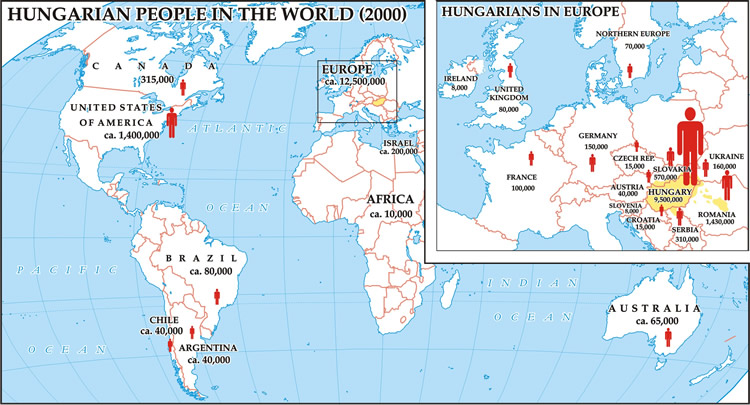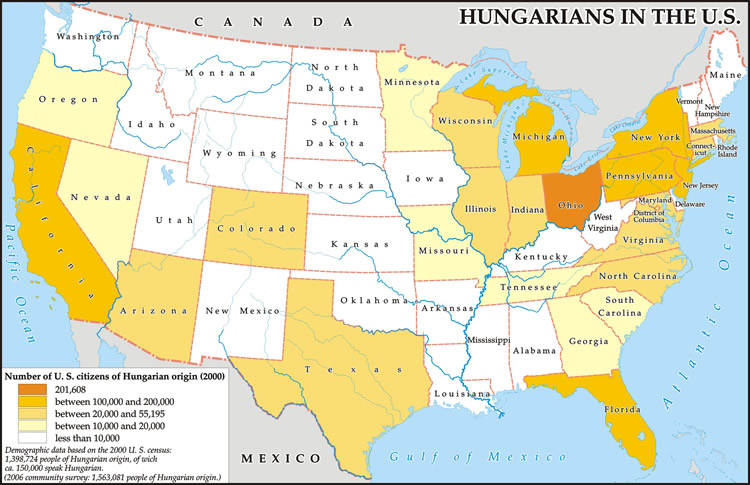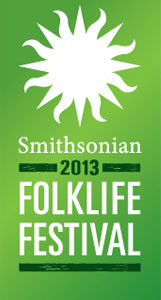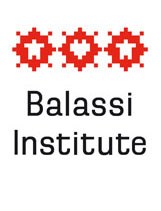Hungary lies in the Carpathian Basin, a region with a colourful historical and cultural heritage situated in the centre of Europe. Prior to the tumultuous events of the 20th century, this area boasted one of the continent’s most ethnically and religiously diverse states, one where for centuries, various languages, religions, and denominations developed side-by-side, in a state of natural co-existence. It is also in this region that the three major branches of Christianity – Roman Catholicism, Protestantism, and Orthodoxy – converged and became inextricably intertwined, while Judaism and Islam, too, boast a regional presence reaching back more than a thousand years. For centuries, Hungary’s Eastern border represented the limits not only of Western Christianity, but also of other Western cultural and intellectual movements, such as Gothicism and the Protestant Reformation.
Religion
Since the country’s original conversion to Christianity, the majority of Hungary’s population has always been Roman Catholic. The second most populous church is that of the Hungarian Reformed faith (a denomination in the Calvinist tradition), which came with the spread of Protestantism to the Carpathian Basin around the middle of the 16th century. For their own part, the Lutheran and Transylvanian Unitarian denominations have each played a decisive role in Hungary’s religious history, as well. This relative diversity of religion arose in part because, while in the 16th and 17th centuries, Western Europe was engaged in continuous religious warfare, for hundreds of years after the Protestant Reformation, the Principality of Transylvania was regarded as a haven of European religious tolerance. In addition, the territory of historic Hungary formerly included significant Greek Orthodox and Greek Catholic populations, though today, as a result of redrawn national borders, the numbers of people belonging to these traditions are considerably smaller. The 19th century witnessed the migration of many Jews to Hungary, so that by 1910, a full 5% of the population of the Kingdom of Hungary was Jewish. This percentage was to fall dramatically, however, in the wake of the Holocaust. In addition to Hungary’s centuries-old “historical churches,” the late 19th and early 20th centuries saw the arrival of numerous “neo-Protestant” denominations, as well, such as the Baptists, Adventists, Nazarenes, Sabbatarian Adventists, and Methodists. Moreover, since the disintegration of the Communist regime in Hungary, the country’s religious make-up has grown even richer and more diverse.
Ethnic Composition
Throughout Hungary’s history, the Hungarian population has always lived alongside a large number of other nationalities. The 150-year period of Turkish domination (16th-17th centuries) and subsequent decades prompted massive migrations of people to the decimated, depopulated territories the wars had left behind. Thus, during the 18th century, entire communities of Germans, Serbians, Romanians, Slovakians, Croatians, and Ruthenes were created, fundamentally changing the region’s overall national make-up. The last large waves of immigration occurred during the 19th century, the most significant being those of the Eastern European Jews and Hungary’s Roma population. By this time, more than 40% of the people living in Hungary belonged to one or another of its ethnic minorities, groups who lived in territorial blocks whose boundaries were intertwined. Often, several ethnic groups, all speaking separate languages, lived together within a single municipality. Until the birth of modern nationalism, however, co-existence of this type did not lead to appreciable ethnic conflict.
Change during the 20th Century
The turmoil of 20th-century history transformed the ethnic and religious character not only of Hungary, but also of the entire region. The peace treaty that brought the First World War to a close deprived the country of much of its former diversity. As a result of the treaty, Hungary lost more than two-thirds of its territory and nearly 60% of its population, while many groups of ethnic Hungarians found themselves living in newly created successor states. The dramatic loss of life that accompanied World War II, the half million people swept away by the Holocaust, the phenomenon of ethnic cleansing, and the tremendous movements of people that followed the war (e.g. the deportation of Germans, the forced mutual relocations of ethnic minorities) all combined to alter the ethnic structure of the entire Carpathian Basin.
As a result, only 6-8% of the modern Hungarian population belongs to a national minority, though the tradition of co-existence of peoples, languages, and religions, along with the principles of diversity and mutual support, all remain an important part of Hungary’s national heritage.

The Hungarian Diaspora
As a result of the migrations of the 19th and 20th centuries and the modification of national boundary lines, today, 3.5 – 4 million Hungarians live outside the territory of Hungary. Of these, 2.5 – 3 million are citizens of neighbouring countries: Romania, the Ukraine, Slovakia, Serbia, Croatia, Slovenia, and Austria. The throes of history have additionally produced large populations of diasporic Hungarians in North and South America, Australia, Israel, and South Africa, as well as of people who emigrated, fled, or were exiled or forcibly relocated to Western Europe.







